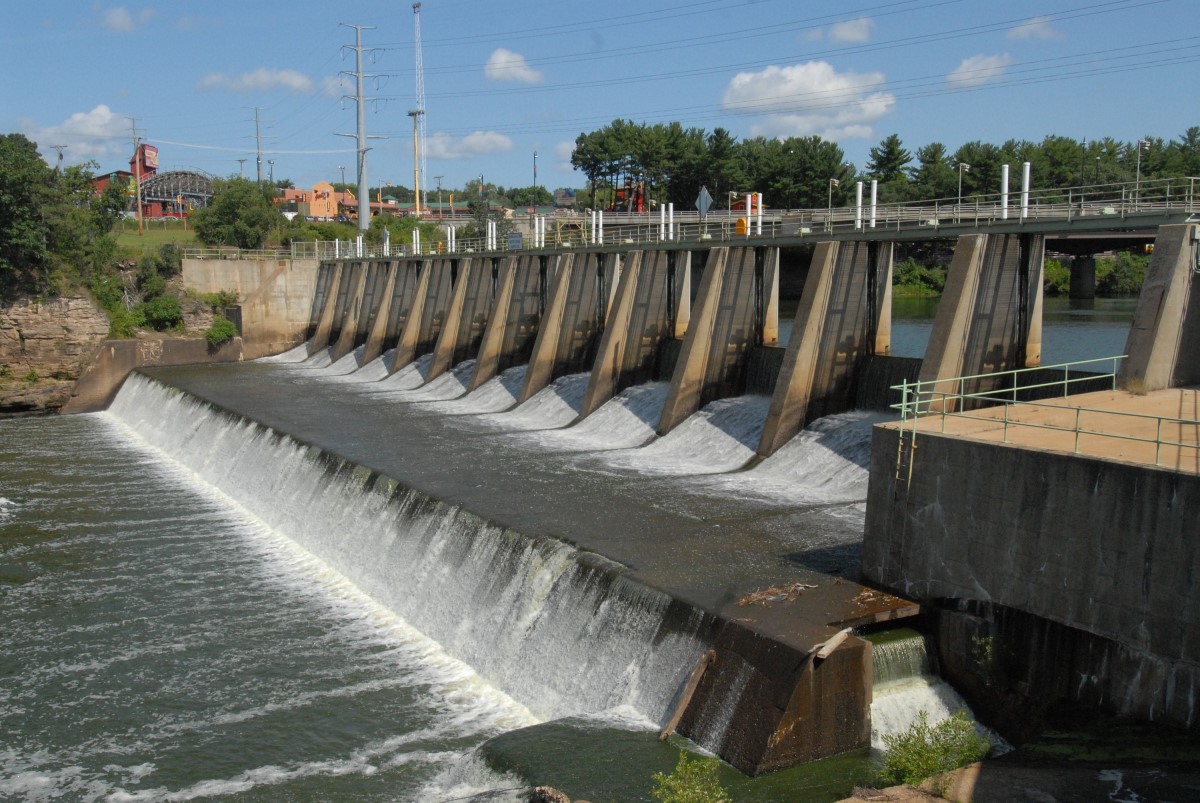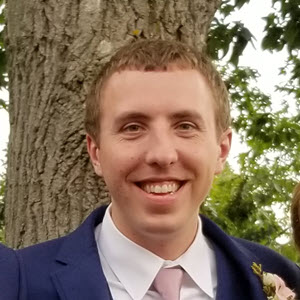Water is a constant in almost everything we do. From calm lakes to roaring rivers and vast oceans, it’s a powerful resource that serves many purposes, including power generation.
There are nearly 1,500 hydroelectric power plants in the U.S. that generate more than 80,000 megawatts (MW) of electricity and account for approximately 40 percent of renewable energy generation in the U.S. as of 2019.
We own and operate two hydroelectric power plants in central Wisconsin, both located along the Wisconsin River. The Kilbourn Dam, the first major hydroelectric station on the Wisconsin River, was also the largest dam west of Niagara Falls when it began operating as a 6-MW facility in Wisconsin Dells in 1909. It has since been upgraded to generate up to 10 MW of energy.
Our other facility, the 29-MW Prairie du Sac Dam, was built in 1914 to provide power to street cars in Milwaukee.
While each of these dams has generated energy for more than a century, they are now part of our diverse energy mix, a combination of energy-generating sources that includes coal, natural gas, wind, and solar.
How does hydro create energy?
A dam is designed to block the free flow of a river and funnel it through an intake toward a turbine. As the water flows naturally through the intake, it rotates a turbine that’s connected to a generator. The generator then converts that energy into electricity for the grid. Our hydro facilities are considered “run-of-the-river,” which means the output can change depending on rain flow or snow melt.
How do we operate dams?
As part of our emphasis on environmental stewardship, we strive to maintain the river without impacting the area’s wildlife. This means the habitats to the north and south of the dam remain consistent for the local habitats.
Dams provide exceptional recreation opportunities for fishing, boating and other outdoors activities, like beaches or stargazing. Dams can also protect wildlife habitats, improve wildfire mitigation and improve water quality for aquatic life.
Check out our Clean Energy Blueprint for more information about how we’re transitioning to cleaner, zero-fuel-cost electricity generation.

Dams - a unique part of a diverse energy mix

Chris Caporale
Communications Partner
Published on March 22, 2023
Chris is a Communications Partner specializing in Alliant Energy’s renewable investments. Coming from a journalism background, he’s excited to tell the story of Alliant Energy’s Clean Energy Blueprint and other renewable trends in new and exciting ways.
Recent Stories
Changing seasons: Tune your building for Spring
To optimize savings and comfort, you must regularly recalibrate sensors and controls to match changing weather and operating conditions.
Read More
Giving birds a safe place to land at solar sites
Partnership with the Central Wisconsin Kestrel Research Project in our solar fields promotes diversity in the environment.
Read More
Recognizing community need sparks volunteerism
Tyler Freye credits our company values with deepening his understanding of the problems many in our communities face.
Read More
